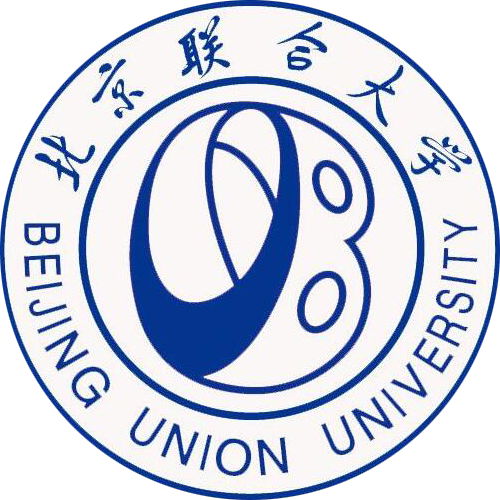详细信息
Electroreduction of CO2 to HCOOH on 3D-Ag nanosheet array supported on carbon membrane ( SCI-EXPANDED收录 EI收录)
文献类型:期刊文献
英文题名:Electroreduction of CO2 to HCOOH on 3D-Ag nanosheet array supported on carbon membrane
作者:Jin, Shengnan[1];Ma, Jing[1];Wei, Wei[2];Liu, Shaomin[3];Qin, Guotong[1]
第一作者:Jin, Shengnan
通讯作者:Qin, GT[1]
机构:[1]Beihang Univ, Sch Mat Sci & Engn, Shahe Campus, Beijing 102206, Peoples R China;[2]Beijing Union Univ, Coll Biochem Engn, 18 Sanqu, Beijing 100023, Peoples R China;[3]Great Bay Univ, Sch Engn, Sch Phys Sci, Dongguan 523000, Peoples R China
第一机构:Beihang Univ, Sch Mat Sci & Engn, Shahe Campus, Beijing 102206, Peoples R China
通讯机构:[1]corresponding author), Beihang Univ, Sch Mat Sci & Engn, Shahe Campus, Beijing 102206, Peoples R China.
年份:2024
卷号:45
外文期刊名:MATERIALS TODAY ENERGY
收录:;EI(收录号:20243817063572);Scopus(收录号:2-s2.0-85203866921);WOS:【SCI-EXPANDED(收录号:WOS:001318351500001)】;
基金:Data availability Data will be made available on request. Acknowledgements This work was supported by the National Natural Science Founda-tion of China (Grant Nos. 52070009, 51772031, 52000006, 52370062) .
语种:英文
外文关键词:Ag nanosheet array; Porous carbon membrane; Nanofluid reactor; Microenvironment; CO 2 reduction to formic acid
摘要:Regulating local CO2 concentration and pH near the catalytic active sites could induce effective reaction pathways for electroreduction of CO2 to chemicals. Here, a membrane nanofluid reactor for efficient electroreduction of CO2 to formic acid was prepared by constructing high-density active sites of 3D-Ag nanosheet array on the surface and within the pores of carbon membrane (3D-Ag NA/CM). The local microenvironment of CO2 and H+ concentration was controlled by adjusting the pore size, CO2 flow rate, and mass transfer mode. In the flow-through mode, the CO2 was electro-reduced to formic acid with Faraday efficiency of 94% and the partial current density of 35.8 mA/cm(2). Both the selectivity and activity were higher than those in flow-by mode. The low local concentration of CO2 in the channel was the key to the high selectivity of formic acid. When CO2 flowed through the membrane nanopores, the high collision frequency of CO2 with catalyst on the pore walls facilitated the electroreduction of CO2. It found that the presence of O-V promoted the adsorption of CO2 and reduced the energy barrier for its activation into & lowast;CHOO. It lays a foundation for the research on optimizing the performance of CO2 electroreduction with nanofluid reactors.
参考文献:
![]() 正在载入数据...
正在载入数据...


